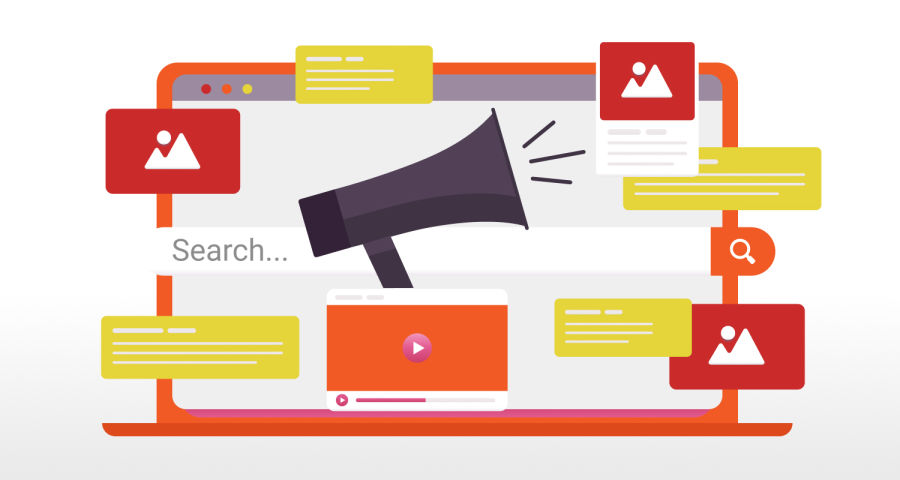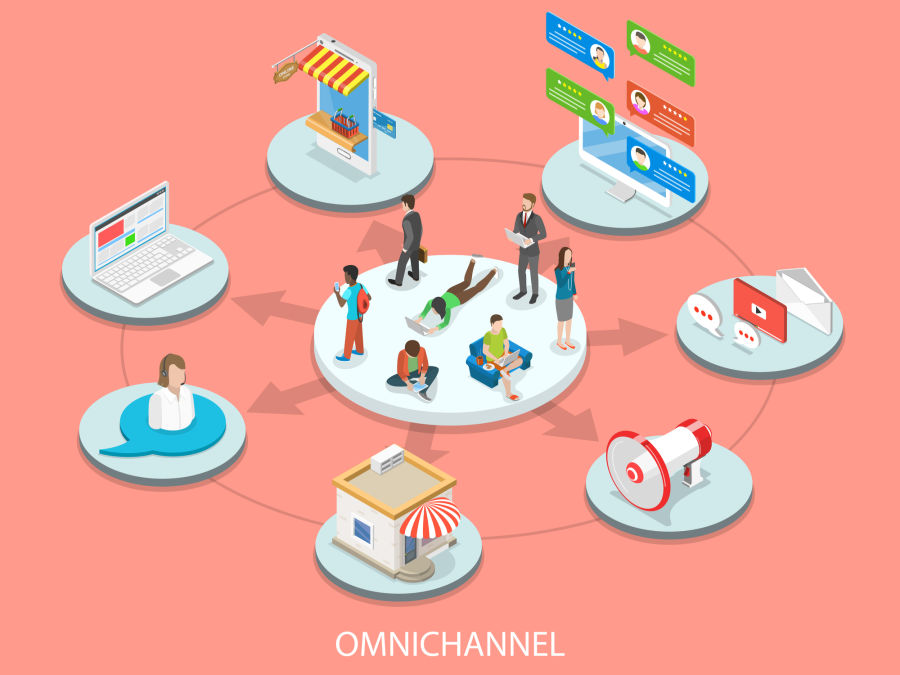//
Mar 17, 2023
Revolutionizing Your Lead Generation: Omnichannel Paid Media Buying Tactics
When you’re paying for ad space, it's important to make the most of your investment.
Taking an omnichannel approach, which means trying to target customers in every way possible (social media, Google, print media, digital media spaces,, and even ), can be a game changer.
What is Paid Media Buying?
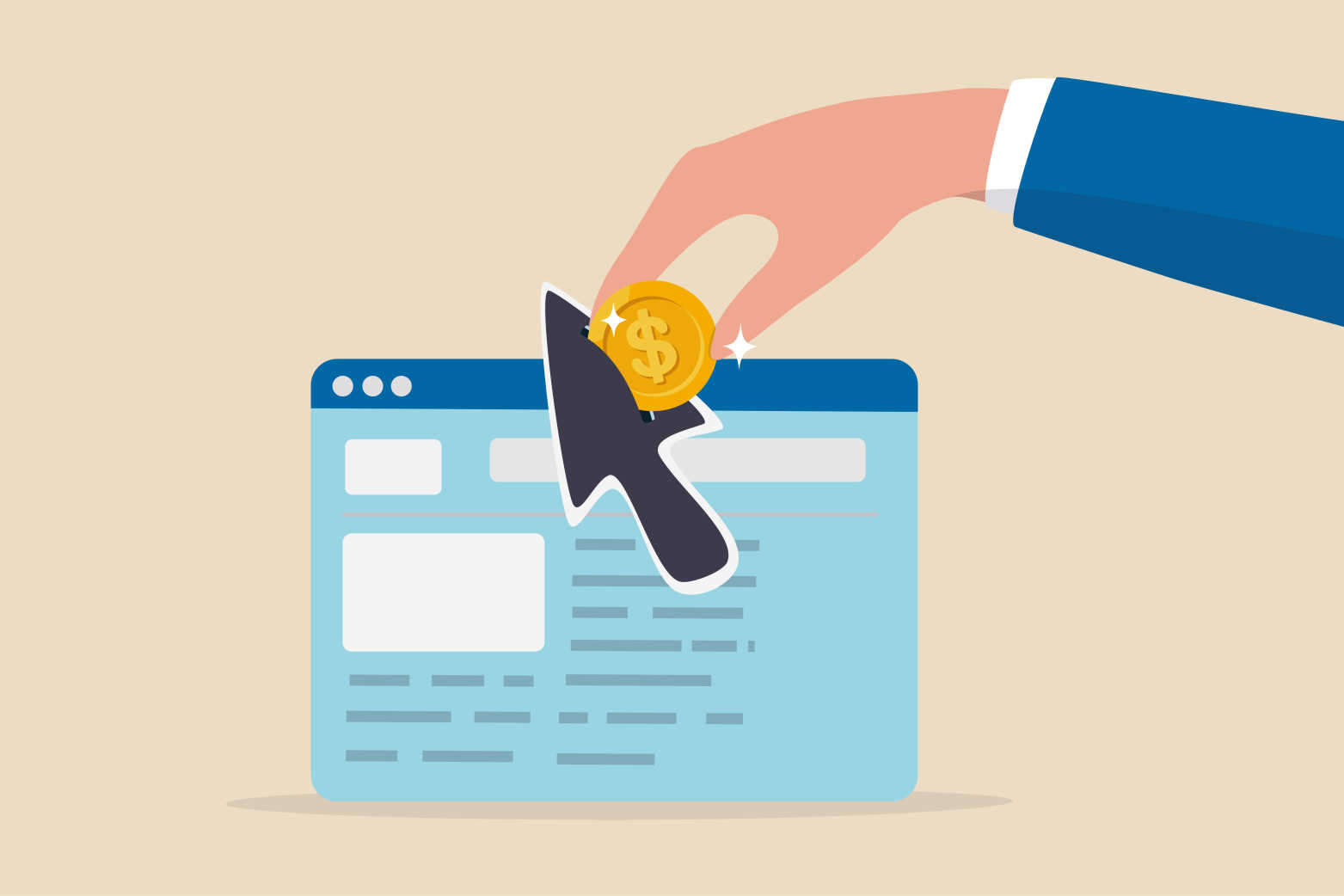
Paid Media buying is the process of securing ideal spaces, programs, or time slots for your marketing message. The most common paid media channels include the internet, social media, mobile apps, and other digital properties.
Due to the complexity of this process, many businesses trust media buying agencies to find the most effective placement and rates for ads.
More often than not, in marketing agencies, paid media planning and strategy will be up to the media buyer.
What is the role of a media buyer?
A media buyer's job is to oversee the process of buying and placing advertising in various media outlets.
A media buyer works with marketing strategy and planning teams to understand goals, target audience preferences and buy ad space.
The bulk of a media buyer’s job is negotiating with the sites, networks, and other channels where they want their ads to appear. They must ensure that all placements are purchased within strict budgets—and at the correct times.
Experienced and skilled media buyers will know to track key performance metrics and delivery to ensure the ad is placed in accordance with the agreement and that it is meeting campaign goals.
What is a paid media plan?
A paid media plan is a marketing strategy that uses paid advertising to promote your business. Paid media plans include both online and offline advertising, which can be anything from advertisements on social media to television commercials.
A paid media plan is a great way to reach a large number of potential customers, but it's important to make sure you spend your money wisely. You'll need to research different types of paid advertising and choose the ones that will give you the best ROI (return on investment) for your business.
The Role of a Paid Media Planner

The role of a paid media planner is an important one in the world of marketing. It's their job to make sure that your brand's paid ads are reaching the right people, at the right times, through the right channels.
It's not always as straightforward as it sounds. The best paid media planners have an innate understanding of how to use data to plan out campaigns and reach your target audience—but they also have a creative touch that helps them come up with new ideas for campaigns and tactics.
A good paid media planner should be able to take all of your campaign goals into account, from cost-per-click (CPC) rates to conversion rate optimization (), and work with you to create a plan that will achieve both short-term and long-term goals.
Omnichannel Paid Media Buying vs. Multi-Channel Paid Media Buying
Omni-channel paid media buying is a strategy that combines multiple channels and targets customers across different platforms with a seamless, consistent message. Interconnectivity in omnichannel paid media is key. Remember that. It’s important.
Examples of different platforms would be:
- Website content
- Email marketing
- Organic and paid social ads
- Influencer marketing
- Paid ads on search engines like Google
The interconnectedness of channels centered around the customer is what separates omnichannel marketing and paid media buying from multichannel.
With your ads appearing consistently and seamlessly on different platforms, consumers will build trust in your products.
A lack of makes customers feel like your business is disorganized. By keeping channels unified and integrated, you show them that you care about your business by maintaining a consistent style across all channels.
Both omnichannel and multichannel refer to the way businesses sell goods or services—but they differ greatly in their definition. Omnichannel refers to consistency across all sales channels, while a multi-channel approach gives greater flexibility, but both are important to the success of ad buying in today's digital landscape.
This article, however, will focus mainly on omnichannel paid media and its benefits.
4 Benefits of Omnichannel Paid Media Buying
Paid media buying across different channels can increase a business's exposure and generate leads faster.
Here are some of the key benefits of omnichannel paid media buying:
1. Increased Brand Visibility:
Using multiple channels and platforms to reach the target audience, businesses can enhance their brand visibility significantly. With more touchpoints, businesses can create more opportunities to engage with audiences—and build brand awareness.
2. Better Audience Targeting:
Targeting a diverse audience across multiple channels and platforms can be challenging. But by using data to create detailed portraits of their target audiences, businesses can tailor their messaging—and improve the targeting that drives successful campaigns.
3. Higher Lead Generation Potential:
With more touchpoints and better audience targeting, businesses can generate leads faster by integrating omnichannel paid media into their marketing strategies. By providing a seamless user experience across multiple channels, they build customer trust and encourage them to take action.
4. Improved ROI:
A comprehensive marketing strategy incorporating multiple channels can greatly improve a company's return on investment (ROI).
Businesses that use analytics to optimize their campaigns and track performance across multiple touchpoints can identify which tactics are most effective for making data-driven decisions about future marketing efforts.
Tactics for Effective Omnichannel Paid Media Buying

An effective omnichannel paid media buying strategy requires businesses to understand their target audience, leverage data, create compelling ad content, ensure consistency across all channels, and test and iterate constantly. By following these tactics, businesses can optimize their campaigns and achieve better results over time.
Here are some strategies that we recommend to clients who want their campaigns to be more effective:
Understand Your Target Audience:
To create a successful omnichannel paid media buying strategy, companies should understand their target audience and how they behave across various channels.
This means knowing what channels their audience uses most, and how they interact with each channel. Tailoring messaging and ad content to each one can improve results significantly.
Leverage Data to Optimize Campaigns:
Paid media campaigns should always—and I mean always— be backed by data.
By tracking metrics such as conversion rate, cost per acquisition (CPA,) and return on ad spend (ROAS ), businesses can identify what's working and adjust their strategy accordingly.
Data can also be used to personalize messaging more effectively.
Create Compelling Ad Content:
Ad content is a critical component of any paid media campaign, and it's essential to create content that is compelling and engaging across all channels.
This includes eye-catching visuals, clear messaging, and a strong call to action. Businesses should also tailor their ad content to each channel and audience segment to maximize effectiveness.
Ensure Consistency Across All Channels:
Consistency is crucial when it comes to omnichannel paid media buying.
Businesses must ensure that their messaging and branding are consistent across all channels to provide a seamless user experience.
This includes using the same language, visuals, and messaging across all channels to reinforce their brand identity and build trust with their audience.
Test and Iterate:
To optimize their omnichannel paid media buying campaigns, businesses need to test and iterate constantly.
This includes testing different ad formats, messaging, and targeting strategies to identify what works best.
Businesses can then iterate and adjust their strategy based on the data they collect to achieve better results over time.
Measuring the Effectiveness of Omnichannel Paid Media Buying

To measure the effectiveness of their omnichannel paid media buying campaigns, businesses can track several metrics, including:
- Conversion Rate: This metric measures the percentage of users who take the desired action, such as filling out a form or purchasing. By tracking the conversion rate across multiple channels and platforms, businesses can identify what works best and optimize their campaigns accordingly.
- Cost Per Acquisition (CPA): This metric measures the cost of acquiring a new customer or lead. By tracking the CPA across multiple channels and platforms, businesses can identify which channels and platforms are the most cost-effective and adjust their strategy accordingly.
- Return on Ad Spend (ROAS): This metric measures the revenue generated for every dollar spent on advertising. By tracking the ROAS across multiple channels and platforms, businesses can identify which channels and platforms are the most profitable and adjust their strategy accordingly.
Securing Omnichannel Paid Media Buying Ad Spaces: Strategies and Tools to Consider

Securing paid media ad space across all channels can be a challenging task for businesses, as it requires a deep understanding of digital advertising and audience targeting.
However, businesses can achieve their advertising goals and drive revenue by applying the right strategies together with effective tools.
Programmatic Advertising
One of the main strategies used to secure omnichannel paid media ad spaces is . This automated buying and selling of advertising space allow businesses to target specific audiences across multiple channels, including display, video, social media, and mobile. Through programmatic advertising, businesses can leverage data-driven insights to optimize their ad placements and maximize their return on investment.
Demand-side Platforms (DSPs)
Another important tool for securing omnichannel paid media ad spaces is the use of demand-side platforms (DSPs). These platforms provide businesses with access to multiple ad exchanges and allow them to bid on ad inventory in real time. DSPs also provide targeting options such as demographics, geolocation, and interests, allowing businesses to reach their desired audience.
Common DSP software tools marketers use for paid media are:
Paid social media
In addition to programmatic advertising and DSPs, businesses can also leverage the power of social media advertising platforms such as Facebook Ads, Instagram Ads, and LinkedIn Ads to secure omnichannel paid media ad spaces. These platforms offer advanced to help businesses optimize their ad placements and achieve their advertising goals.
How These Businesses Use Omnichannel Marketing and Paid Media Buying to Drive Revenue
On average, marketing campaigns using three or more channels have an 18.96% customer engagement rate—far higher than the 5.4% figure achieved by single-channel efforts alone. (source: )
You might be thinking, ‘OK, that’s great for retail companies, but what does this mean for my B2B business?
With the rise of e-commerce, omnichannel paid media buying tactics have become a crucial component of many retail companies' marketing strategies, allowing them to reach their customers across multiple channels and devices. However—what about B2B companies?
Effective targeting and lead generation are possible for B2B companies that use multiple platforms—such as search engines, social media sites, and email marketing.
Industries such as technology, manufacturing, finance, and other professional services should be taking advantage of omnichannel paid media, as they typically have longer sales cycles and require more targeted and personalized communication with potential clients.
With an omnichannel approach, B2B companies can build brand awareness, establish trust with their audiences, and ultimately drive more conversions.
How?
The following real-world examples show how businesses have successfully implemented omnichannel paid media buying tactics to revolutionize their lead-generation efforts:
It’s safe to say that this e-commerce giant has been successful in its marketing tactics, especially when it comes to omnichannel media buying.
Amazon
is an excellent example of a company that has implemented successful omnichannel paid media buying strategies for both its B2B and B2C operations.
Amazon has built a robust B2C e-commerce platform that takes advantage of various marketing channels, including search engines and social media.
In addition to Amazon's email marketing program that sends personalized promotions and recommendations based on customers' past purchases, the company has a large advertising network.
Recently, Amazon has invested heavily in using social media influencers to promote its products and services.
On the B2B side, Amazon Web Services (AWS) is a cloud computing platform that offers users to businesses of all sizes. AWS uses search engine marketing and content marketing to attract potential clients and drive leads.
Additionally, AWS targets individual companies and industries with account-based marketing (ABM) tactics.
Thanks to Amazon's impressive use of omnichannel marketing strategies in both its B2B and B2C operations, the company has established itself as a leader in e-commerce and cloud computing.
Bank of America
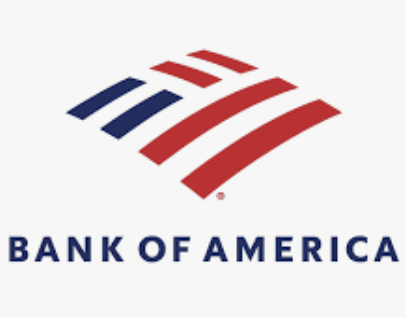
Fintech companies that create innovative banking solutions must present customers with a seamless experience, whether in person or online.
The Bank of America (BOA) has long been using omnichannel experience for its customers—from allowing them to hook up to free Wi-Fi and continue bank transactions while waiting in a branch, to offering tablets at kiosks when speaking with their personal banker.
However, they went one step further in providing a solution to the waiting-in-line dilemma by launching "Robo-branch," which allows customers not only to share their grievances with machines but also get help from those very same digital assistants.
Pepper Equipment

Pepper Equipment, a leading North American equipment distributor for the agriculture industry, provides high-quality machinery and innovative solutions.
Pepper Equipment Co. has embraced omnichannel paid media buying strategies to promote its products and engage with customers across multiple channels.
Watermark, a Denver digital marketing agency, has worked closely with Pepper Equipment Co. to develop an omnichannel approach that includes a mobile-minded interactive website, YouTube videos highlighting product use, and tradeshow materials for in-person marketing and networking.
Overall, Pepper Equipment Co. has successfully implemented omnichannel paid media buying strategies to promote its products and engage with customers across multiple channels to differentiate itself from competitors and grow its business.
Kaiser Permanente

has been a leader in implementing an omnichannel marketing strategy that allows it to connect with patients more effectively.
are several ways in which Kaiser Permanente has been a leader in omnichannel marketing for healthcare:
- Multiple Channels: Kaiser Permanente has a strong presence across multiple channels, including email, social media, mobile, and web.
- Personalization: Kaiser Permanente has a personalized approach to its marketing, tailoring its messaging to different patient segments.
- Integration: Patients can access their medical records through the mobile app, and receive alerts and reminders via email or text message.
- Data-Driven Approach: Kaiser Permanente uses data to inform its omnichannel marketing strategy, analyzing patient behavior and engagement across different channels. This allows them to optimize their messaging and channel mix to better reach their target audience.
Leveraging multiple channels, personalizing messaging, integrating channels, using data, and focusing on the patient experience, Kaiser Permanente has become an omnichannel leader in healthcare marketing.
By combining omnichannel marketing and paid media buying, these businesses have shown us that the combination is incredibly effective.
3 Simple Steps to Starting your Omnichannel Paid Media Campaign

Now that you have some examples and a basic understanding of how this strategy works, consider ways you can implement it in your own business.
are three tips that you can use to start using omnichannel paid media buying as part of your overall Inbound marketing strategy.
1. Start with a plan
It’s important to have a clear understanding of the goals of your campaign before you start buying media. If you don’t have a clear idea of what you want to achieve, it will be hard to measure success or make changes as needed. When developing your strategy, ask yourself:
- Who is our target customer?
- What is their pain point?
- How can we solve their problems through content marketing and paid to advertise?
2. Define your audience
Knowing who you’re targeting will help inform the types of channels and messages that work best for reaching them. If you’re an e-commerce company selling women’s clothing, for example, you wouldn’t want to advertise in a popular online men’s magazine because your audience isn't there—they're probably on Pinterest or Instagram instead!
3. Make sure your site is ready before starting paid media campaigns
Your should look good on all devices so that users aren't frustrated when they visit from mobile devices or desktop computers.
Interested in optimizing your current site? Need a functional and smart website developed and designed? Watermark can help.
With an experienced digital marketing agency at your side, you can reach potential customers across multiple channels and platforms, build brand awareness and generate leads.
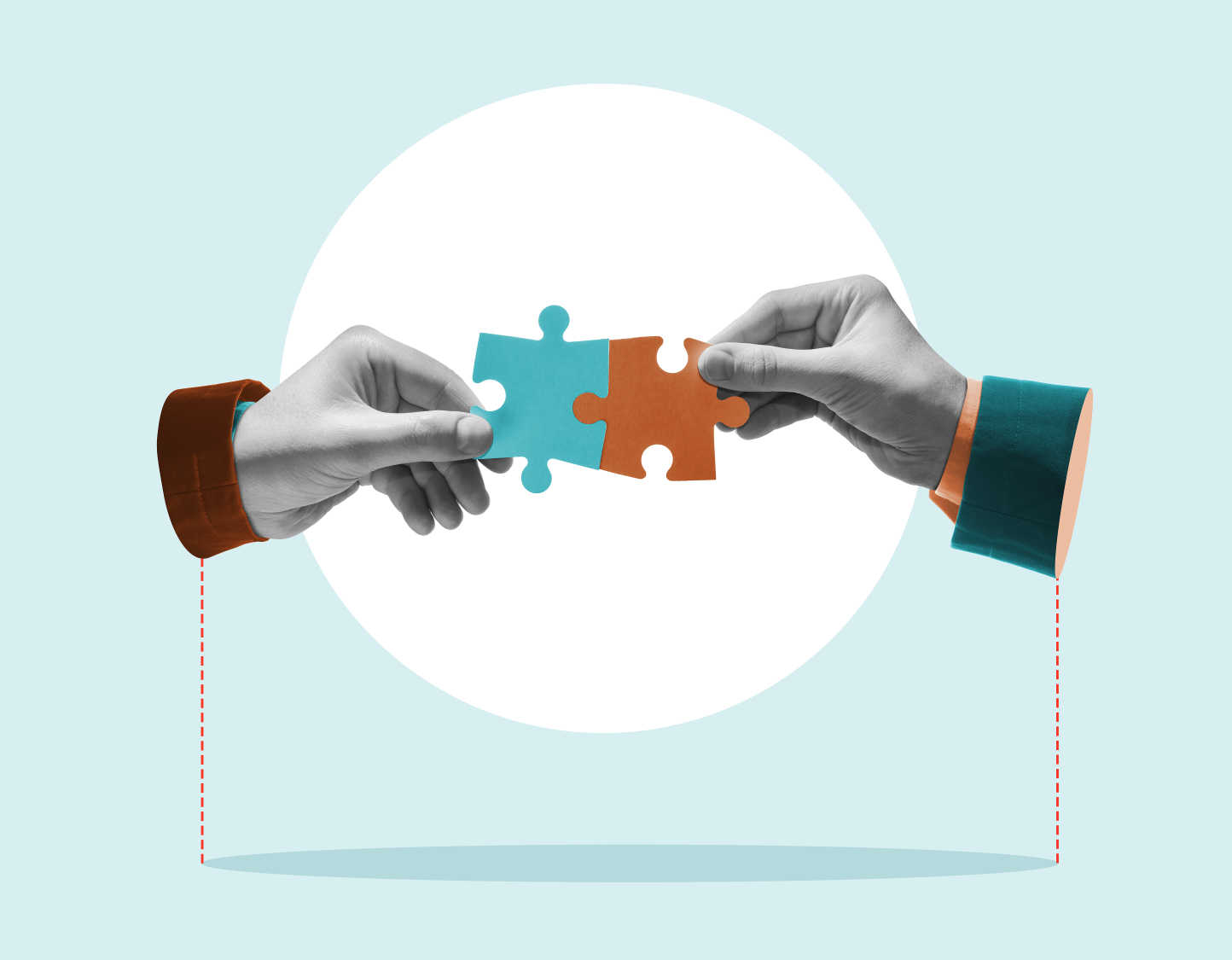
The following are just a few of the many benefits you stand to gain when working with an experienced on your omnichannel paid media strategy:
1. Expertise and experience
Digital marketing agencies have teams of experts skilled at designing and running effective paid-media campaigns for their clients.
They have extensive experience in digital marketing, and they stay up-to-date with the latest trends and best practices. They can help you craft a tailored strategy that aligns with your business goals—and then optimize it, so it works well for each of your customers.
2. Efficient use of resources
Managing an omnichannel paid media strategy can be time-consuming, but it’s worthwhile.
By partnering with a digital marketing agency, you can save time and money by leveraging their expertise to manage your campaigns efficiently. This gives them valuable insights into campaign performance that allows for more informed decision-making on your part.
3. Holistic approach
To create an effective omnichannel paid media strategy, you need to use a combination of channels and platforms.
A digital marketing agency can help you develop a comprehensive plan that includes elements like search engine ads, social media advertising campaigns, programmatic ad-buying tools—and more.
A holistic approach can help you reach your target audience wherever they are and ensure that your message is consistent across all channels.
4. Data-driven decision-making
Digital marketing agencies use data and analytics as part of a larger decision-making process.
They track and measure key performance indicators () such as click-through rates, conversion rates, cost per click (CPC), and return on ad spend (ROAS). By analyzing this data, they can optimize your campaigns—allowing them to improve their performance while reaching business objectives.
5. Flexibility and scalability
Digital marketing agencies offer flexibility when it comes to campaign strategy.
You can adjust your budget and target audience as needed, and the agency can quickly implement changes to optimize each campaign's performance.
Conclusion
Omnichannel paid media buying is a powerful tool for getting your message in front of the right people at the right time. But it's not always easy to know where to start, or how to make sure you're getting the most out of your campaigns.
We hope this guide has been helpful in demystifying some of the basics behind paid media buying and giving you some ideas for how to implement an omnichannel strategy that works for your business.
If you're still unsure about where to start or what tactics might be best for your needs, we encourage you to experiment with different tactics and track your results so that you can continuously improve over time.
Attention business owners and marketers! Struggling to reach your target audience through paid media?
We offer custom omnichannel paid media strategies tailored to your unique needs. Our experts will work with you to maximize your budget and achieve your marketing goals.
So, if you're still feeling unsure about how to move forward, don't hesitate to reach out to us today. Take the first step towards success and let be your guide.
Disclaimer: Watermark is not paid to endorse any company or service mentioned in this blog post.





